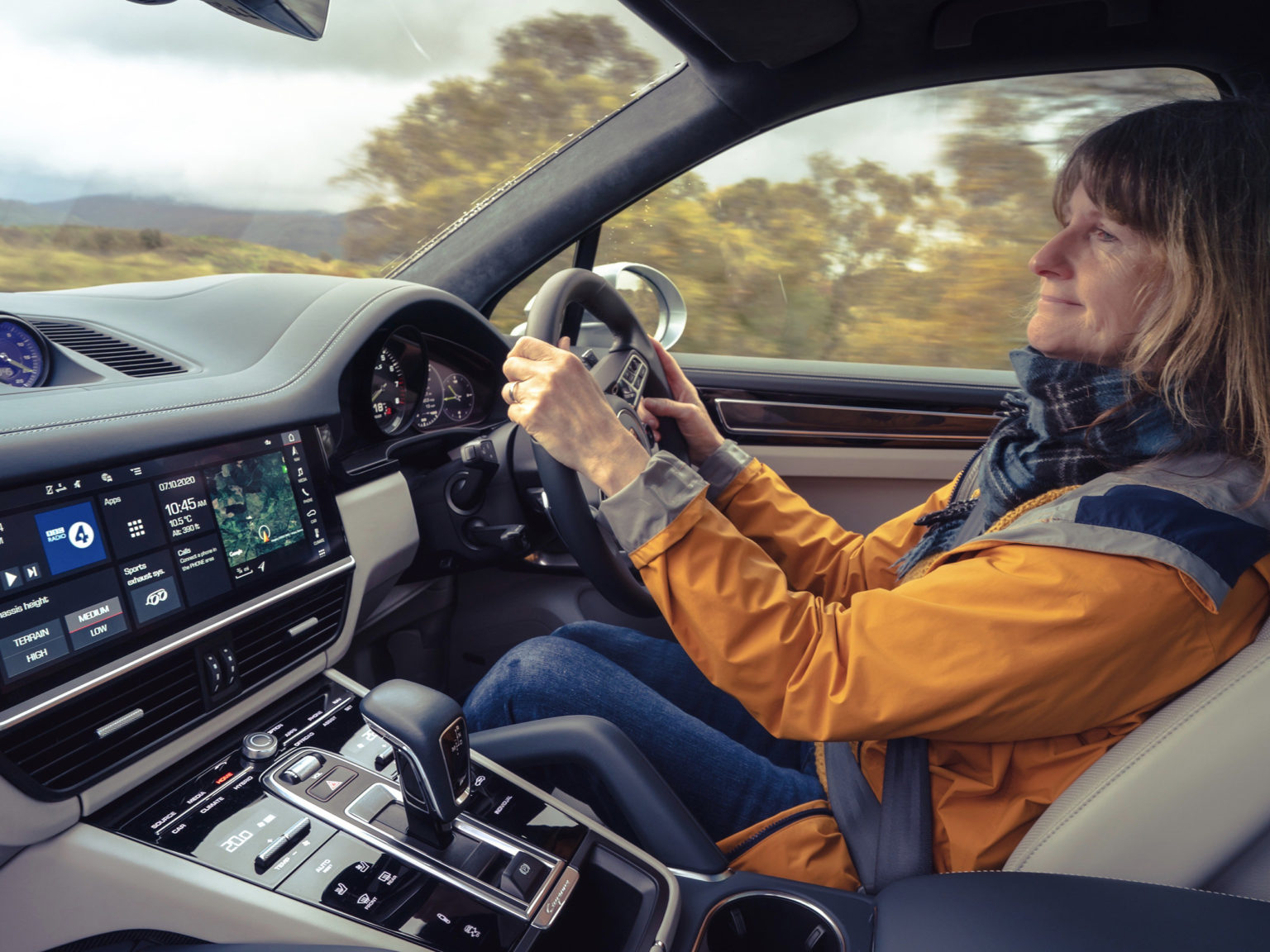As a member of the English and Creative Writing Department at Lancaster University in the U.K., Professor Lynne Pearce has spent most of her career studying the fields of feminist literary and cultural theory. These days, she has one big question: “What do we think about when we drive?”
Cars often provide a sanctuary, keeping out the noise that surrounds our daily lives. There’s memes that celebrate moms who hide out inside their minivans. Hitting the open road and getting away from the hustle and bustle has been a theme of ads by MINI and the State of Nevada, both featuring the song “Don’t Fence Me In”.
Pearce’s interest in driving was likely sparked naturally by her father. She is the daughter of a Cornwall-based mechanic and garage owner who has spent more than 20 years writing about driving.
For the past 22 years she’s lived two hours north of Glasgow, Scotland and regularly took the 800-mile round trip between her late parents’ home and her home. Inevitably, the drive gave her time to reflect on her day, life, and more.
“Whenever I get into the car I feel a sense of relief,” said Pearce in an interview with Porsche. “My body relaxes, and I look forward to the uninterrupted time I have to think.”
That feeling prompted Pearce to publish her first essay on motoring – “Driving North/Driving South” in 2000. Since, she’s published “Drivetime: Literary Excursions in Automotive Consciousness”. In her work, Pearce describes how driving has given her time to enjoy a “ing-fenced slice of time which nothing would intrude upon or interrupt”. Further, “Many of the things I had to think about in both my professional and personal life were unravelled, sometimes resolved, in the course of my drives …”.
Pearce recently had the opportunity to try the Porsche Cayenne S E-Hybrid.Photo courtesy of Porsche AG
During her day behind the wheel with Porsche, Pearce took the Cayenne Turbo S E-Hybrid on the A82, a 167-mile road that runs from Glasgow to Inverness via Fort William, Scotland. It’s her favorite road in the U.K. The portion of the route that runs past Buachaille Etive Mòr toward Glencoe village contains what is widely regarded as some of the best scenery in Scotland.
“When I was working on my book, and told people that I was interested in what we think about while we’re driving, I was often met with incredulity because there is this misconception that the only thing we can possibly think about when we’re in a car is driving itself. However, since the early days of motoring, psychologists have been interested in the fact that driving – as well as being one of the most complex, everyday tasks – is also one that frees up parts of the brain to think productively,” Pearce explained.
Pearce says that vehicles allow us to slow down and explore parts of the world we wouldn’t normally venture.Photo courtesy of Porsche AG
Daydreaming can safety occur while at the wheel thanks to the brain’s central executive, which remains alert throughout and will return our attention to the road when required. This is also the portion of the brain that keeps drivers alert when driving in poor conditions like snow and rain.
“From the exhilaration and euphoria associated with speed, through the day-dreaming and problem solving promoted by cruising, to the intimate communion we can achieve with the natural world when we’re driving through a beautiful landscape with the windows down, I discovered that different types of driving inspire and promote different kinds of thought,” Pearce said.
“By pre-occupying one part of the brain, driving helps to calm us down and think more calmly about our problems. This is why for many of us, myself included, driving is such a great ‘time-out’ for problem solving.”
Pearce sees electric vehicles as being a key component to relaxation while on the road, serving as an even bigger break from the hustle and bustle of the daily grind.
“I love to use the minor roads close to where I live and driving slowly enables me to bond much more closely with the environment. The silence and sensation of driving in electric mode really enhances this sort of experience and it’s interesting that the first users of electric vehicles raved about exactly this at the beginning of the 20th century,” Pearce said.








